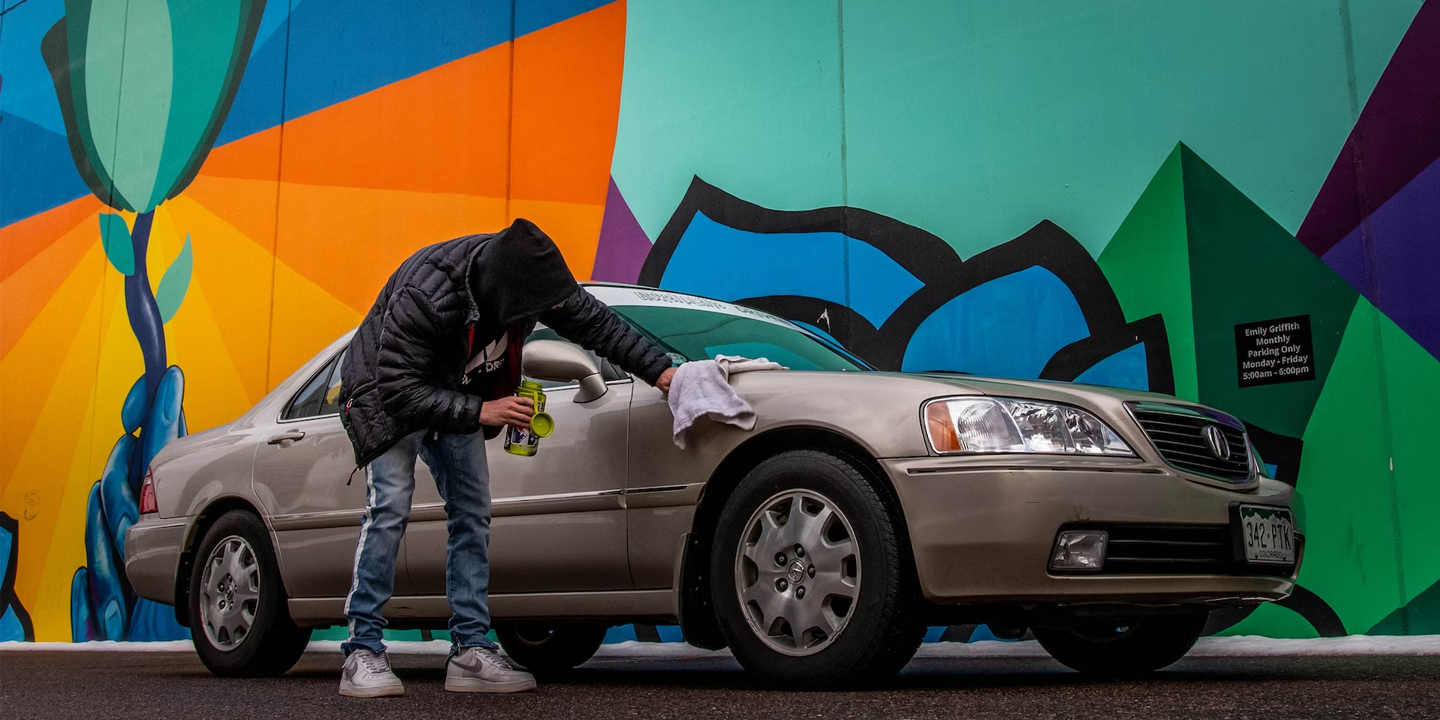Rolling Through Real Stress
Some jobs clock out at five. For truckers, the clock rarely stops ticking. The road doesn't care if you're exhausted or a delivery window's closing fast. The isolation and decisions made while everyone else is sleeping take their toll. Behind every freight load is a person balancing deadlines with survival. These 20 points reveal the daily weight that semi-truck drivers carry and most people never notice.
 Maarten van den Heuvel on Pexels
Maarten van den Heuvel on Pexels
1. Long Hours Behind The Wheel
Federal law caps driving at 11 hours per day, but the body doesn't always keep up with the clock. Many drivers push close to 3,000 miles weekly, with erratic schedules making true rest rare. Chronic fatigue silently builds, which increases the risk of accidents.
2. Finding Parking Spots
More than 11,000 truck parking spaces are missing nightly across the U.S., forcing rigs onto ramps and shoulders. Illegal parking is the only option. Safety takes a hit, and fines for just resting a few hours can be substantial.
3. Unpredictable Weather
Snow slams down without warning, and suddenly, a fully loaded trailer is skidding sideways. High winds flip empty rigs on open plains and heat can heat overload aging engines. One jackknife in a storm is enough to shut down highways for hours.
4. Tight Deadlines
Every load runs on a tight timeline. Some schedules leave no room for breakdowns or bad weather, yet penalties still apply if a shipment is late. Under just-in-time models, some drivers skip meals and breaks to make narrow windows that don't always feel possible.
5. Traffic Congestion
Urban gridlock costs drivers more than time. Rush hour can't be dodged when a customer's warehouse sits in the heart of the city. The size of a rig adds stress. One wrong move in stop-and-go traffic and damage can stack up quickly.
 CARLOSCRUZ ARTEGRAFIA on Pexels
CARLOSCRUZ ARTEGRAFIA on Pexels
6. Health Issues
Truck stops rarely serve fresh produce, and fast food is often the preferred option. Over time, poor diets and constant sitting take a toll, but regular doctor visits feel out of reach. Many drivers battle obesity and undiagnosed sleep apnea without even realizing what's dragging down their energy.
7. Lack Of Work-Life Balance
Some drivers spend weeks on the road, missing birthdays, school plays, and even funerals. Loneliness creeps in around mile marker 800. Calls and texts can't replace being present. Some bring pets along to soften the silence, but the emotional trade-off runs deep either way.
8. Mechanical Breakdowns
When an engine light flashes 300 miles from the nearest shop, the whole run changes. Breakdowns mean missed deadlines and excessive costs. Not every company provides full coverage, which leaves some drivers patching belts and hoses on the shoulder.
9. DOT Inspections And Regulations
Roadside inspections can last hours, and even spotless records don't guarantee a clean pass. One paperwork slip or dim tail light means fines or downtime. Electronic logs keep every move tracked. Today, compliance costs carriers billions and the pressure trickles down.
 Roadside Inspection by Trans-System Trucking
Roadside Inspection by Trans-System Trucking
10. Road Rage And Driver Aggression
It happens too often: cars weaving in, cutting off a rig like it’s agile. Most people don’t realize that stopping takes football fields of distance. Brake checks or even screaming drivers are part of the job. Some rigs run dashcams now just for defense.
 Juan J. Morales-Trejo on Pexels
Juan J. Morales-Trejo on Pexels
11. High Fuel Costs
Fuel eats into every mile's profit. With a full tank topping $800, and fuel making up as much as 40% of a carrier's expenses, small price shifts hit hard. On top of that, fuel theft at truck stops remains a growing threat.
12. Theft And Cargo Hijacking
One wrong moment parked at a rest area and cargo worth thousands can vanish. Thieves target high-value goods, often using GPS jammers to erase their traces. Fictitious pickups are now a common scam. Locked lots offer protection, but availability is limited and often too far off-route to be practical.
13. Driver Shortage Pressures
When tens of thousands of seats go unfilled, those still driving carry more than freight. Workloads rise, and the pressure to "just make it happen" increases. Some carriers look to retirees or military vets to fill gaps. No wonder turnover hits 90%.
14. Limited Access To Clean Facilities
Sometimes, there's no shower in sight, or it'll cost $15 to use one. Clean bathrooms and rest areas are scattered unevenly. When hygiene suffers, so does morale. Apps help locate better stops, but female drivers often face tougher conditions and fewer secure options.
15. Tough Training And Licensing
A CDL doesn't come easily or cheaply. Costs can exceed $5,000, and passing isn't guaranteed. Some states enforce tighter testing, making turns and blind-spot handling make-or-break skills. Before ever hauling a load, months of prep and certification are needed.
16. Blind Spots And Limited Visibility
Even with wide mirrors, visibility isn't guaranteed. Trucks carry up to five major blind spots, and most four-wheelers don't respect them. Side-swipes happen more often than people think. Some rigs are adding radar systems, but full awareness still depends on the driver's split-second judgment.
17. Bridge And Weight Restrictions
A missed sign or outdated GPS setting can send a rig straight toward disaster. Not all bridges support the weight or height of a loaded semi, and violations can rack up $10,000 in fines. Historic routes and narrow backroads add another layer of stress.
18. Unreliable Communication
Dispatch can either make a trip smooth or set it off course. When instructions are unclear or lost in translation, drivers lose time and patience. Some end up detoured hundreds of miles from their plan. In low-signal zones, CB radios still help where dispatch apps fall short.
19. New Drivers Struggle
Newcomers are traditionally handed the night shifts, holiday routes, and the worst pay. After expenses, some barely earn minimum wage. Training contracts tie them down, even when the conditions push them out. It's no surprise that many leave before their first year's even over.
20. Adapting To New Technology
Modern rigs do more thinking now, yet not all drivers are onboard. ELDs track every second to break down performance into data points. AI-assisted dispatching sounds helpful, but some see it as control. Electronic braking and diagnostics systems fail, too. And when they do, not every driver's trained to troubleshoot.
























